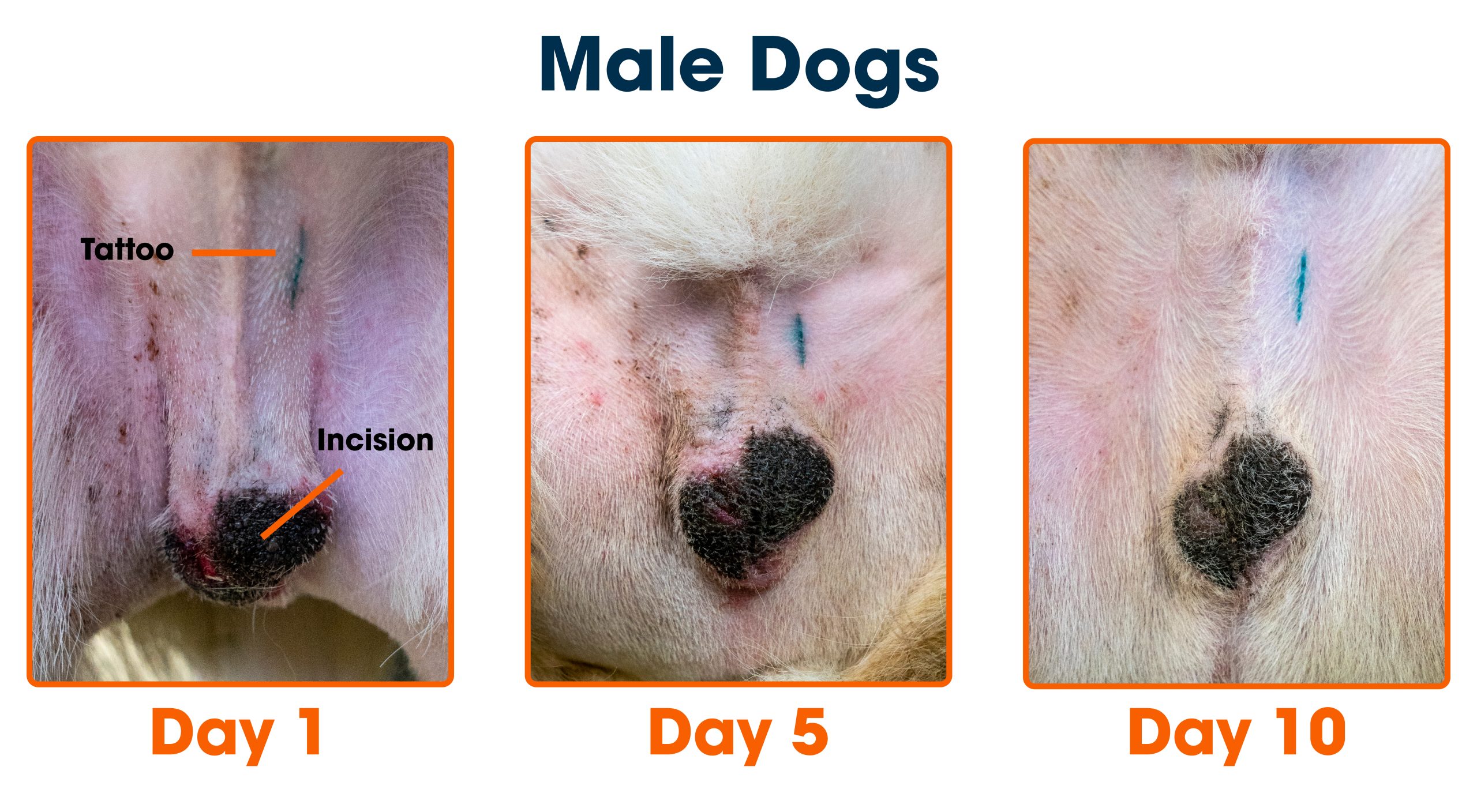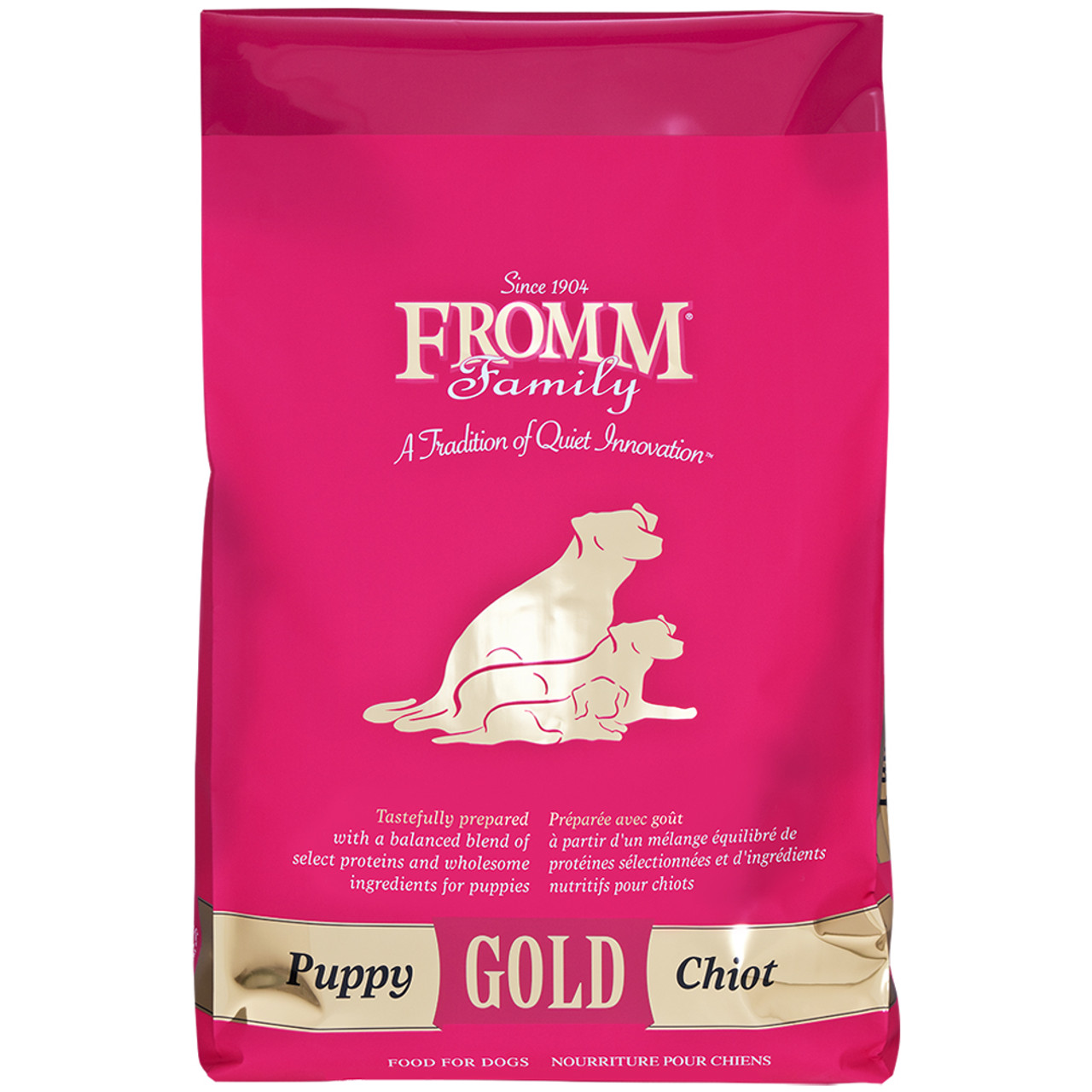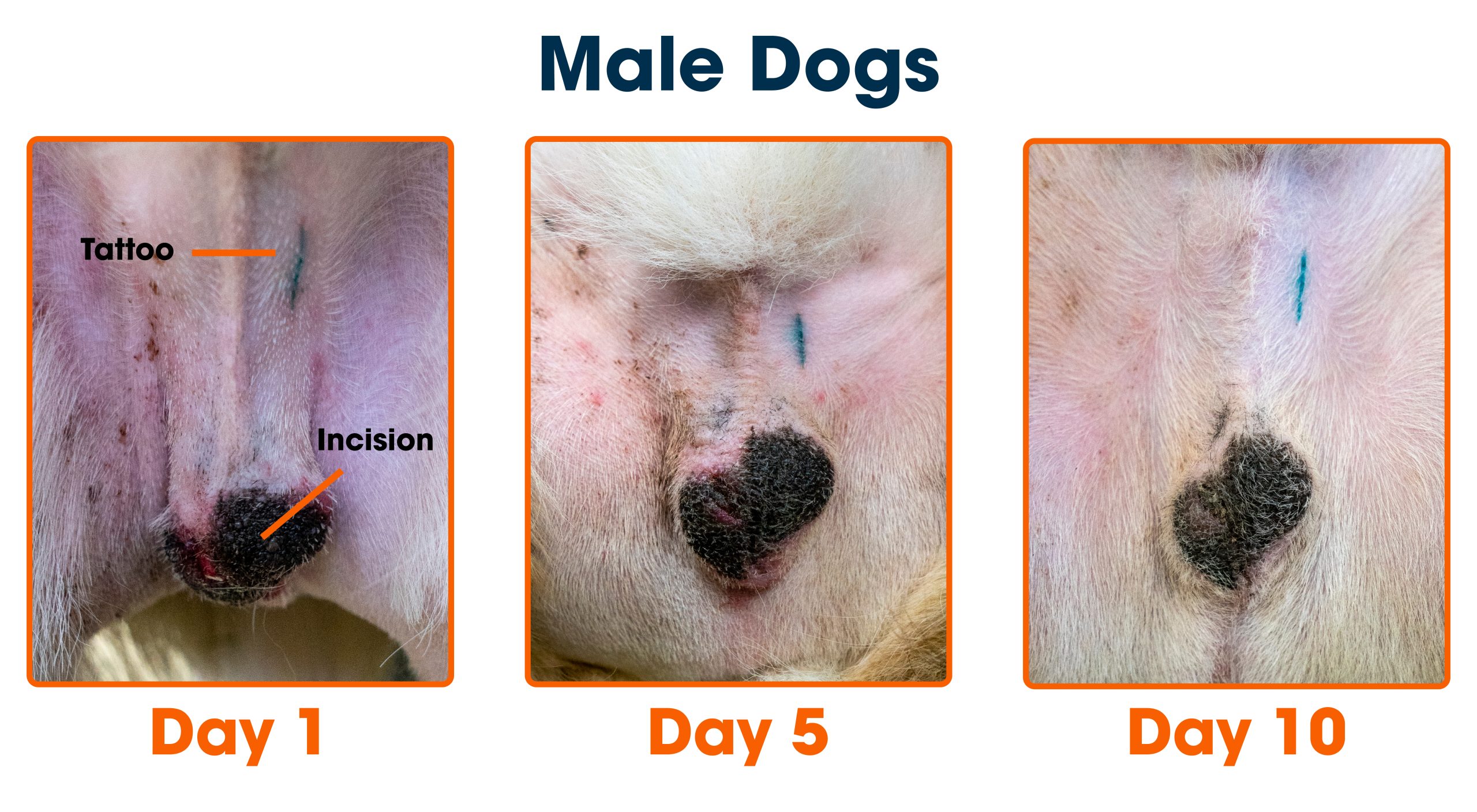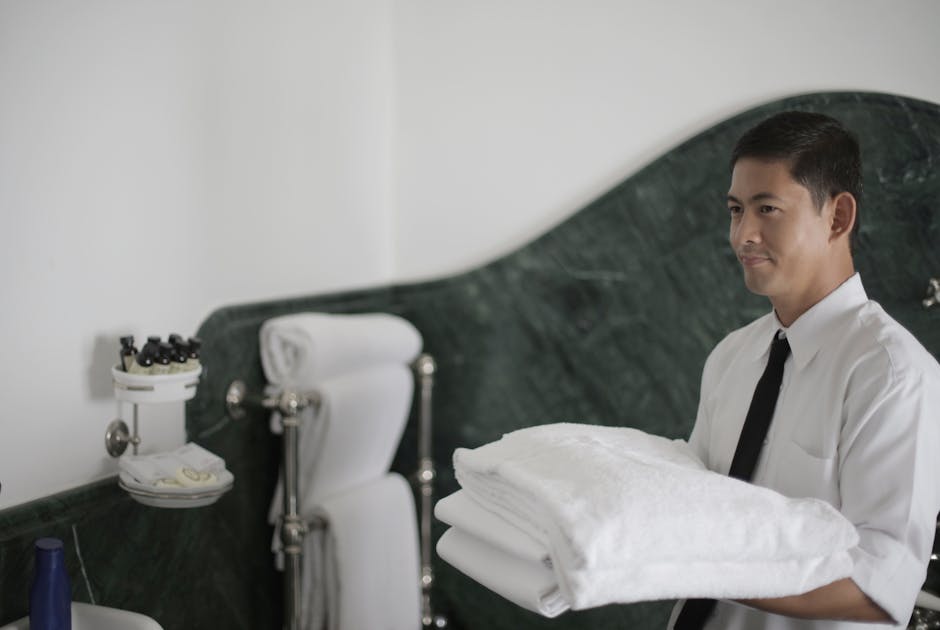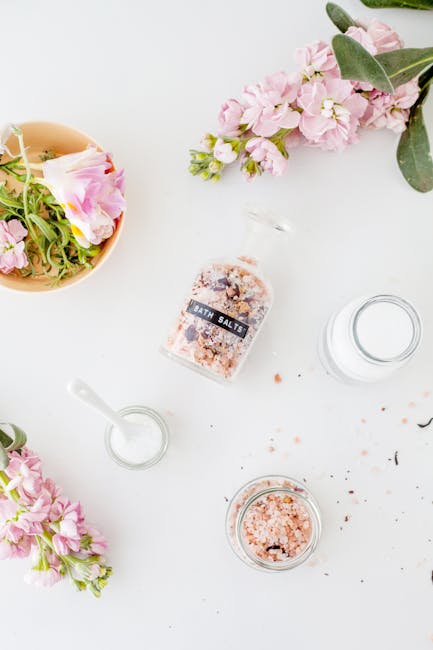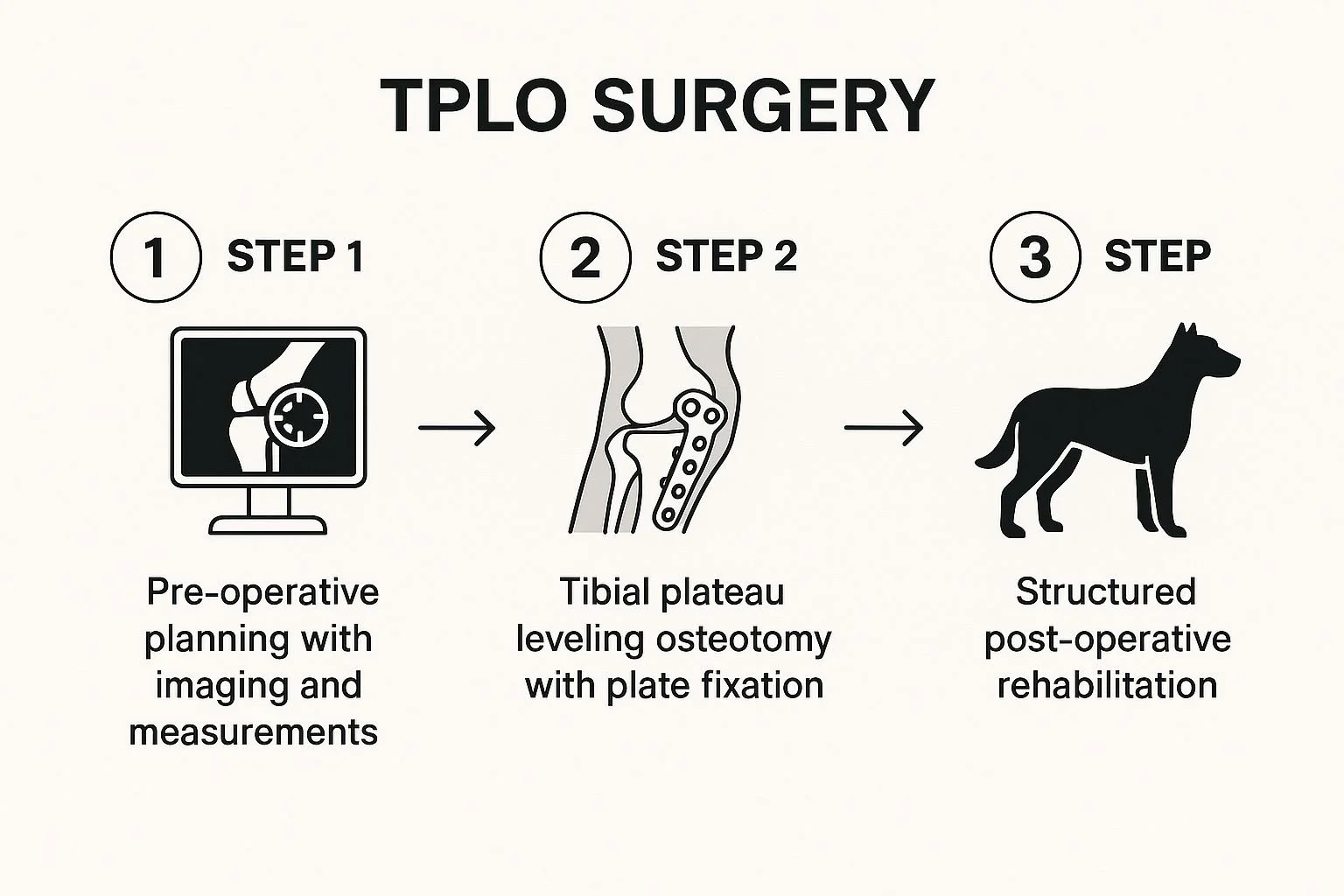Looking for a furry friend that won’t trigger your allergies and fits perfectly in your apartment? You’re not alone.
Choosing the right dog breed can be tricky, especially when space is limited and allergies are a concern. But don’t worry—there are hypoallergenic dog breeds that thrive in smaller living spaces. You’ll discover which dogs are the best match for your apartment lifestyle and sensitive nose.
Keep reading to find your perfect canine companion!
Benefits Of Hypoallergenic Dogs In Apartments
Living in an apartment means limited space and close neighbors. Choosing the right dog breed can make life easier.
Hypoallergenic dogs are great for apartment living. They help reduce allergies and keep the home cleaner.
Reduced Allergic Reactions
Hypoallergenic dogs shed less hair and dander. This lowers the chance of allergy symptoms in small spaces.
People with mild allergies can enjoy pets without sneezing or itching as much.
Cleaner Living Environment
Less shedding means less cleaning around the apartment. This keeps floors and furniture cleaner.
- Reduced pet hair on couches and carpets
- Lower dust and dander build-up
- Fewer odors caused by pet fur
Better Compatibility With Neighbors
Hypoallergenic dogs often cause fewer allergy problems for neighbors. This helps maintain good relationships.
Quiet and clean pets also reduce complaints in close living spaces.
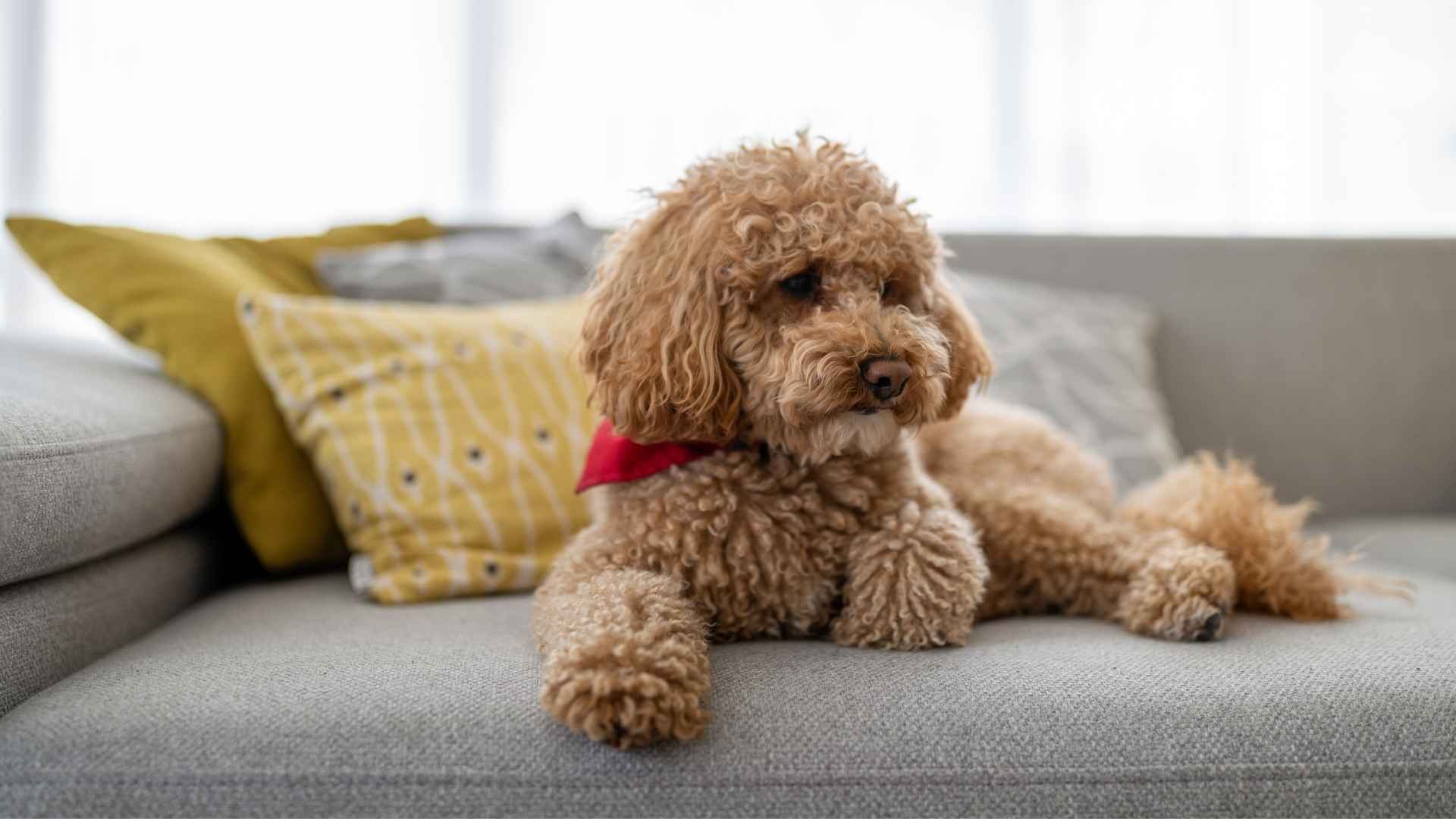
Credit: worldanimalfoundation.org
Key Traits For Apartment-friendly Dogs
Choosing a hypoallergenic dog for apartment living means thinking about traits that fit small spaces. These dogs should be calm and easy to care for inside an apartment.
Many hypoallergenic breeds have qualities that make them great for apartments. Understanding these traits helps you pick the best dog for your home.
Size And Space Needs
Small or medium-sized dogs usually fit better in apartments. They need less room to move around and feel comfortable.
Hypoallergenic breeds like the Bichon Frise or Maltese stay happy in smaller spaces. Large dogs may feel cramped and stressed.
- Small size means less space needed
- Compact dogs adapt well to limited areas
- Choose breeds that don’t need large yards
Exercise Requirements
Apartment dogs need daily exercise but can thrive with short walks and indoor play. Avoid breeds with very high energy.
Hypoallergenic dogs like the Shih Tzu or Havanese enjoy moderate exercise. Regular play helps keep them healthy and calm inside.
- Daily walks of 20-30 minutes work well
- Indoor games can burn extra energy
- Choose breeds with moderate activity levels
Noise Levels
Quiet dogs suit apartment living best. Barking can disturb neighbors and cause issues in close spaces.
Some hypoallergenic breeds are naturally calm and quiet. Breeds like the Basenji rarely bark, making them ideal for apartments.
- Look for breeds known for low barking
- Training helps control noise
- Calm dogs reduce stress in shared buildings
Temperament And Social Behavior
Friendly and calm dogs live well with neighbors and visitors. Social dogs enjoy meeting new people without stress.
Many hypoallergenic breeds are gentle and social. Poodles and Portuguese Water Dogs often show good behavior in apartments.
- Choose dogs that stay calm around others
- Social breeds adapt better to apartment life
- Training improves good manners and friendliness
Top Hypoallergenic Breeds For Apartments
Living in an apartment means space is limited. Choosing a hypoallergenic dog can help reduce allergies and keep your home clean.
These dog breeds shed less and adapt well to apartment living. They make great pets for people with allergies and small spaces.
Bichon Frise
The Bichon Frise is a small, cheerful dog with a soft curly coat. Its fur does not shed much, which helps allergy sufferers.
This breed loves to play but is calm indoors. Bichon Frises enjoy short walks and cuddling in small spaces.
Maltese
The Maltese is a tiny dog with long, silky hair that sheds very little. Its hypoallergenic coat is easy to keep clean.
Maltese dogs are gentle and adapt well to apartment life. They need daily walks and enjoy quiet playtime indoors.
Shih Tzu
Shih Tzus have a luxurious coat that sheds minimally. This makes them a good choice for people with allergies.
They are friendly and calm dogs. Shih Tzus do well in apartments and need regular grooming and short walks.
Poodle Varieties
Poodles come in toy, miniature, and standard sizes. Their curly, dense coat sheds very little and is hypoallergenic.
Toy and miniature poodles fit well in apartments. They are smart and need daily exercise and mental stimulation.
- Toy Poodle: Smallest and perfect for tight spaces
- Miniature Poodle: Slightly bigger, active and playful
- Standard Poodle: Larger, needs more space and activity
Havanese
The Havanese has a silky coat that sheds very little. It is a friendly and social dog, great for apartment living.
This breed enjoys indoor play and short walks. Havanese dogs like being around their owners all day.
Yorkshire Terrier
Yorkshire Terriers have fine, silky hair that sheds minimally. They are small dogs that fit well in apartments.
Yorkies are lively and need daily exercise. They like short walks and playing indoors with their owners.

Credit: pottybuddy.co
Care Tips For Apartment Hypoallergenic Dogs
Living in an apartment with a hypoallergenic dog requires special care. These dogs need attention to stay healthy and happy indoors.
Proper care helps reduce allergens and keeps your pet comfortable in small spaces.
Grooming And Shedding Control
Hypoallergenic dogs shed less, but grooming is still important. Regular brushing removes loose hair and dirt.
Bathing your dog every few weeks keeps its coat clean and reduces allergens in your apartment.
- Brush your dog’s coat at least twice a week
- Use a gentle shampoo made for dogs
- Trim hair around the eyes and paws to avoid mats
- Clean your dog’s bedding often to reduce allergens
Exercise And Mental Stimulation
Hypoallergenic dogs need daily exercise to stay healthy. Short walks or indoor play work well in apartments.
Mental games help keep your dog’s mind sharp and reduce boredom behaviors.
- Take your dog for at least two 15-minute walks daily
- Use puzzle toys to challenge their mind
- Play fetch or hide treats inside the apartment
- Rotate toys to keep your dog interested
Managing Barking And Noise
Barking can disturb neighbors in apartment buildings. Train your dog to bark only when needed.
Provide distractions and exercise to lower your dog’s stress and noise levels.
- Teach a quiet command to stop barking
- Give your dog toys to focus on during alone time
- Use white noise machines to mask outside sounds
- Reward calm behavior with treats and praise
Space Optimization In Apartments
Apartment living means less space for your dog. Create a cozy area just for your pet.
Organize your apartment to keep your dog safe and happy without clutter.
- Use a small bed or crate for your dog’s resting spot
- Keep toys in bins or baskets to save space
- Arrange furniture to allow room for play
- Place water and food bowls in a quiet corner
Common Challenges In Apartment Living
Living in an apartment with a hypoallergenic dog breed has many benefits. It can be easier for people with allergies. Still, apartment life brings unique challenges for dog owners.
Understanding these challenges helps you create a happy home for your dog. It also ensures you and your neighbors enjoy the shared space.
Dealing With Limited Outdoor Access
Many apartment buildings have limited outdoor areas for dogs. This can affect your dog’s exercise and bathroom needs. Regular walks become essential for their health.
Try to schedule multiple short walks daily. Use nearby parks or dog-friendly spaces to give your dog room to run and play.
- Plan walks early in the morning and late evening
- Use leash training to keep control in public spaces
- Carry water to keep your dog hydrated
- Bring toys to keep your dog engaged outside
Handling Neighbor Concerns
Noise and pet behavior can be a problem in apartments. Barking or scratching may disturb neighbors. It is important to keep your dog calm and quiet.
Talk with your neighbors and understand their concerns. Address problems quickly to maintain good relationships.
- Train your dog to reduce barking
- Use calming techniques during noisy times
- Keep your dog away from neighbors’ doors and windows
- Respond politely to any complaints
Adapting To Small Living Spaces
Apartment living means less space for your dog to roam indoors. You need to create a comfortable area for your dog. This helps your dog feel safe and relaxed.
Use smart furniture and storage to maximize space. Keep toys and beds in a designated spot to avoid clutter.
- Choose a cozy corner for your dog’s bed
- Use vertical storage for dog supplies
- Rotate toys to keep your dog interested
- Keep the area clean and free of hazards
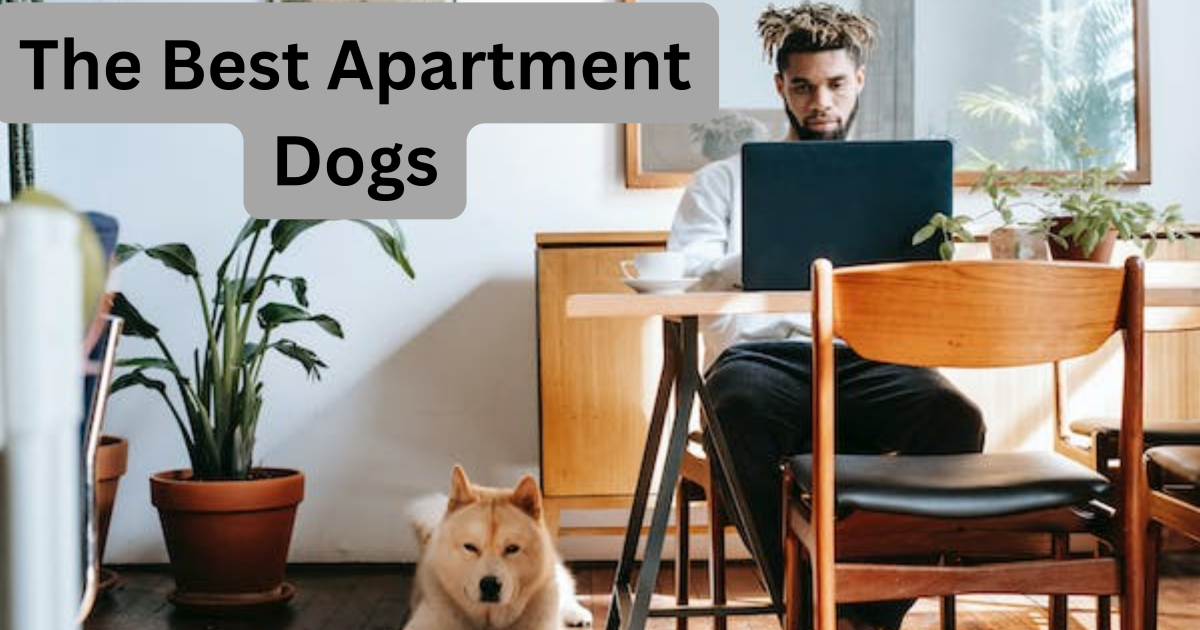
Credit: pethelpful.com
Frequently Asked Questions
What Are Hypoallergenic Dog Breeds?
Hypoallergenic dog breeds produce fewer allergens compared to other breeds. They are ideal for allergy sufferers. These breeds have less shedding and dander, reducing allergic reactions. Examples include Poodles, Bichon Frises, and Maltese. Choosing a hypoallergenic breed can make apartment living more comfortable.
Are Hypoallergenic Dogs Good For Apartments?
Yes, hypoallergenic dogs are great for apartments. They are usually smaller and require less space. These breeds are often low-shedding and have minimal grooming needs. This makes them ideal for smaller living spaces. They are also generally quieter, which is perfect for close neighbors.
Which Small Hypoallergenic Breeds Suit Apartments?
Several small hypoallergenic breeds are perfect for apartments. Popular choices include the Maltese, Bichon Frise, and Toy Poodle. These breeds are compact, friendly, and easy to train. They adapt well to limited space and have minimal exercise requirements. This makes them ideal for apartment dwellers.
Do Hypoallergenic Dogs Need Special Care?
Hypoallergenic dogs require regular grooming to control dander. Brushing a few times a week helps reduce allergens. Bathing them monthly keeps their coat clean. Regular vet check-ups ensure overall health. Providing a balanced diet and exercise is crucial. This care routine keeps them happy and healthy.
Conclusion
Choosing the right hypoallergenic dog breed makes apartment living easier. Small, low-shedding dogs fit well in tight spaces. They help reduce allergies and keep your home clean. Dogs like the Maltese, Poodle, and Bichon Frise are popular choices. Each breed has unique traits to match your lifestyle.
Think about energy levels and grooming needs too. A happy dog means a happy home. Finding a good match brings joy for both you and your pet. Start with research and meet the dogs in person. Your perfect apartment companion is waiting.

